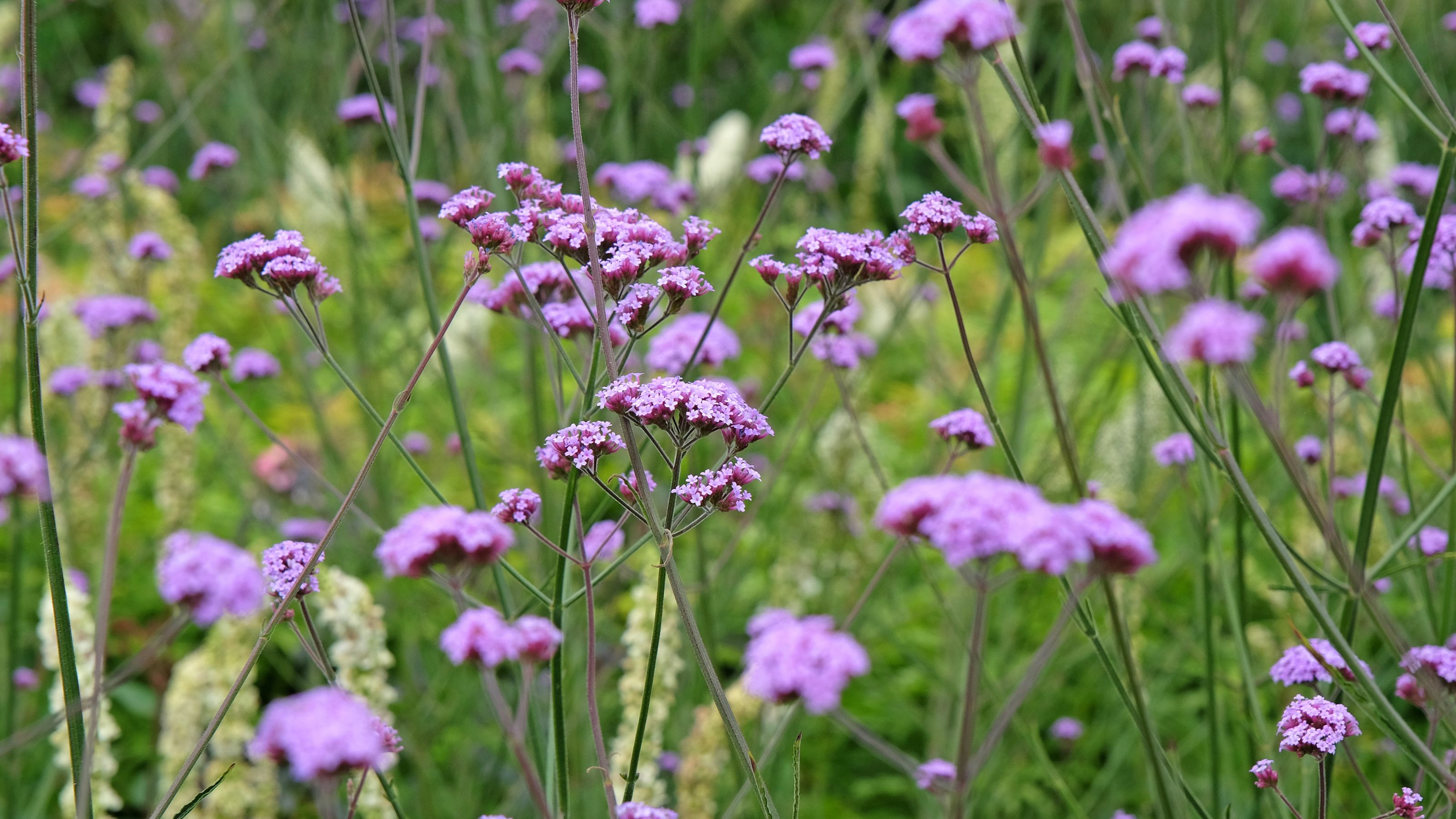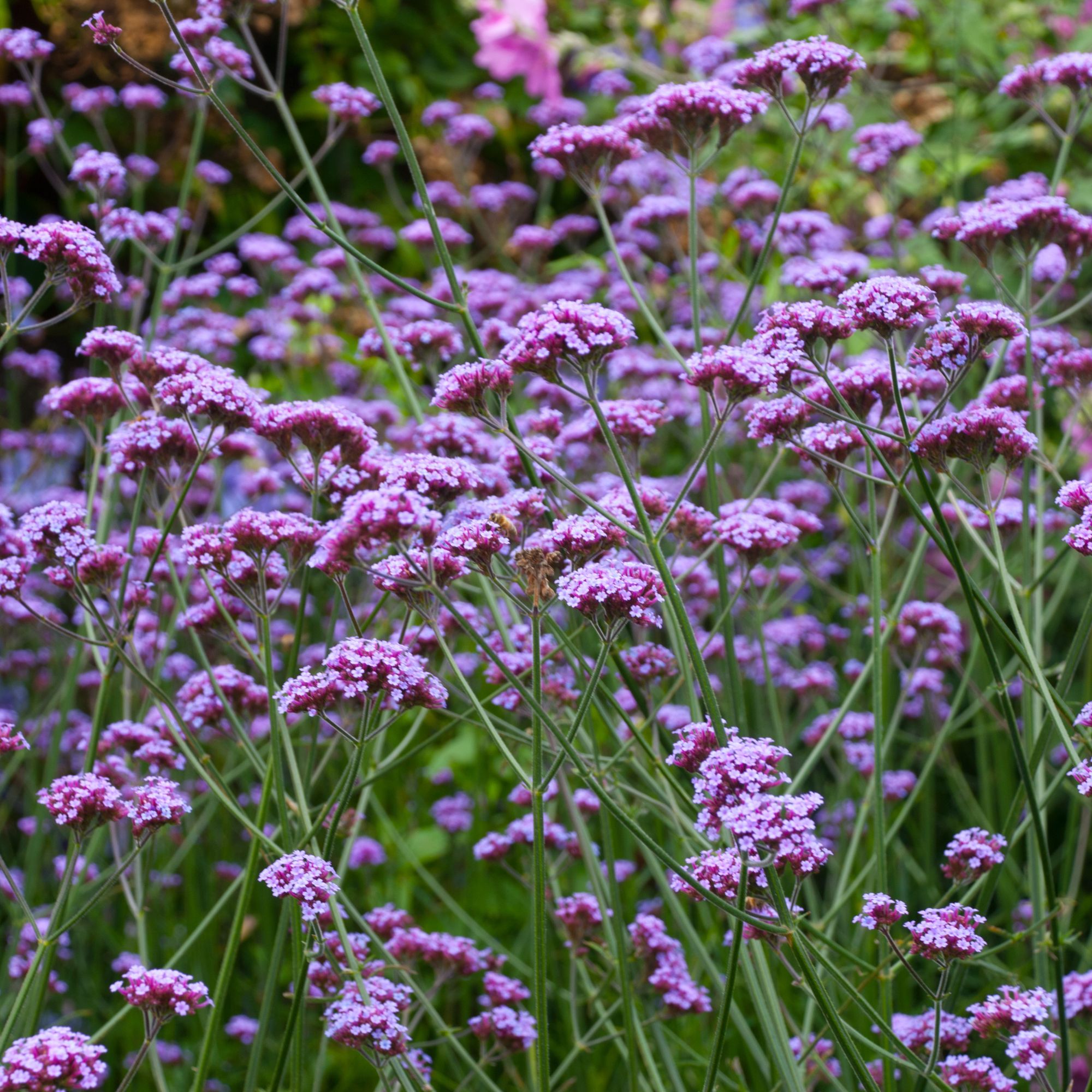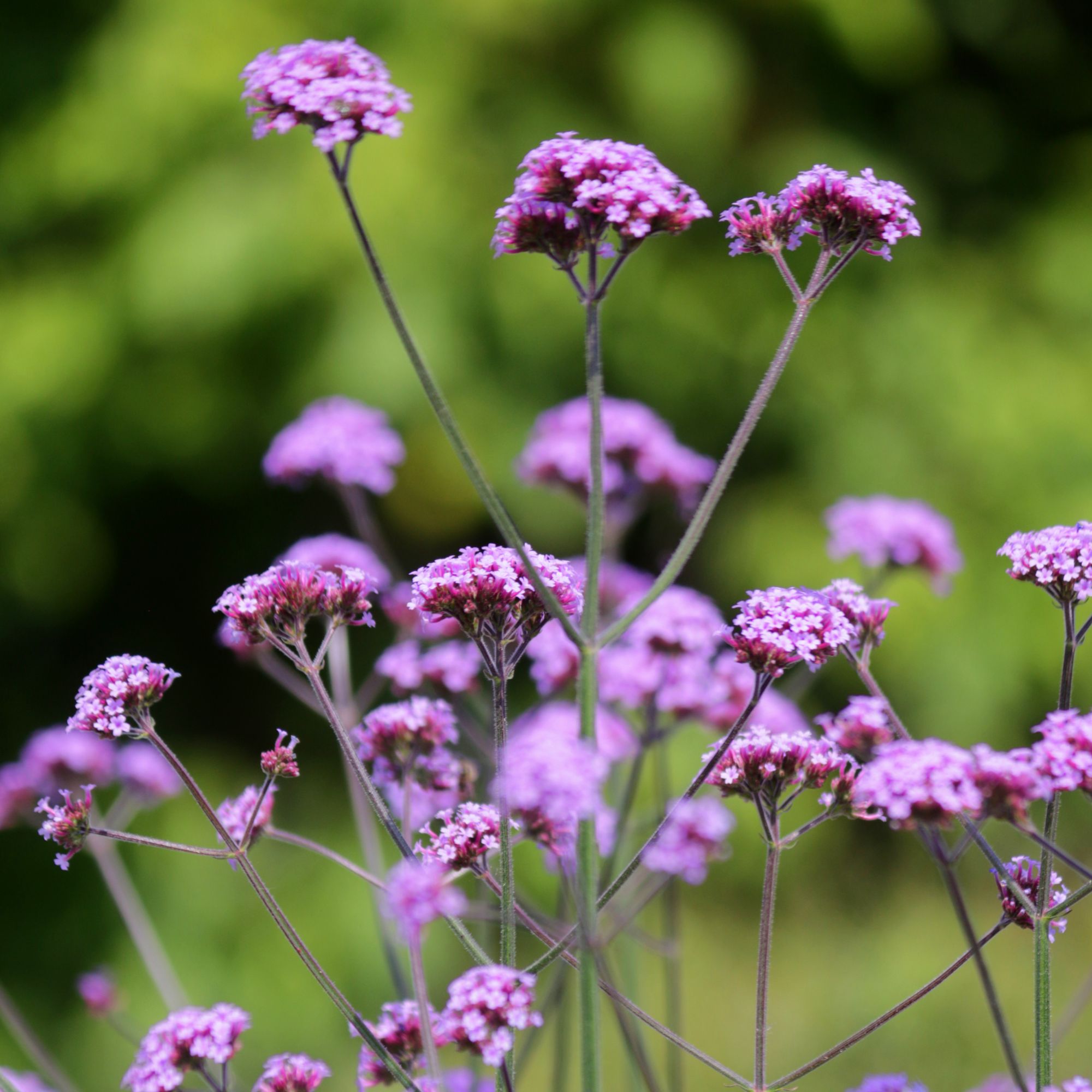How to prune verbena – the best time to cut your plant back for loads of flowers next year
Bushier plants are just a prune away – but don't do it yet!


Wondering how to prune verbena? Or if you even need to?
Well, first of all, we need to establish which types of verbena actually need pruning. If you’ve learned how to grow verbena as an annual and plan to discard the plants at the end of the year, they won’t need cutting back – but if you’re growing perennial verbena, like Verbena bonariensis, pruning has its benefits.
This guide will focus on perennial verbena, since that’s the kind that’s worth giving the chop – especially if you want your plants to flourish next year. So, get your hands on a pair of the best secateurs out there and get to work...

What you'll need
- A perennial verbena plant, like Verbena bonariensis, from £7.99 at Crocus
- A pair of secateurs, like the WOLF-Garten Bypass Secateurs, £24.99 from Amazon
- Some garden tool cleaner, like Gardening Naturally's Natural Citrus Cleaner, £12.99 from Amazon
1. Leave the stems over winter

Don't jump the gun when it comes to learning how to prune verbena – you’ll actually need to wait until next year before you cut them back.
‘For perennials, leave the old flower stems with seeds in place over the winter so that the plants can self-seed,’ advises Polhawn Fort’s head gardener, Nicky.
Sure, species like Verbena bonariensis, from £7.99 at Crocus, are perennials you can grow from seed – but why not let existing plants do the work for you? If you follow Nicky’s advice and leave the stems over winter, they’ll do just that – and you’ll be lending nature a helping hand, too.
‘They are also a food source for birds into autumn, and the stems can provide a home for bugs and beetles in autumn and winter,’ says Sam Shipman, head gardener at the National Trust’s Beningbrough. ‘Left tall, the stems look amazing in frosty weather, too!’
Sign up to our newsletter for style inspiration, real homes, project and garden advice and shopping know-how
It's worth mulching around the base of the plants with something like Strulch, £19.95 from Amazon, to provide an extra layer of protection over the winter months.
2. Cut the plants back in early spring

Once spring arrives, you can whip the secateurs out of the shed (just make sure you know how to clean your garden tools properly first!) and start thinking about how you're going to prune your verbena. If you're looking for a new pair of secateurs, I'm a huge fan of GARDENA’s PremiumCut Pro Secateurs, which are currently £19.99 at Amazon.
‘In early spring, before new shoots begin to appear, cut out any old and woody growth down to ground level,’ advises Nicky. You can also cut the plant back as soon as new shoots start to appear, aiming for a height of about 15cm above ground level.
It might feel daunting to cut that much of the plant away, but pruning will reward you with healthier plants and better displays later in the year.
‘This will encourage a more bush-like plant with more flowers,’ Nicky agrees.
FAQs
Do I deadhead Verbena bonariensis?
There are several plants you don’t need to deadhead, and Verbena bonariensis is one of them – although it can keep the plant looking tidier during its flowering season.
‘You can regularly deadhead any spent flowers to encourage more blooms,’ says head gardener Nicky from Polhawn Fort.
That said, a lot of gardeners recommend leaving the flower heads alone for the benefit of nature, and to encourage self-seeding (AKA free plants!).
And it’s that simple! Wait until early spring to prune your perennial verbena plants, and they should put out plenty of bushy growth later in the year.

Sophie joined the Ideal Home team as Gardens Editor in June 2024. After studying English at Royal Holloway, University of London, she began writing for Grow Your Own, which spurred on her love of gardening. She's tried growing almost every vegetable under the sun, and has a soft spot for roses and dinnerplate dahlias.
As Gardens Editor, Sophie's always on the lookout for the latest garden trend. She loves sharing growing hacks for every space, from herbaceous borders to balconies.
You must confirm your public display name before commenting
Please logout and then login again, you will then be prompted to enter your display name.